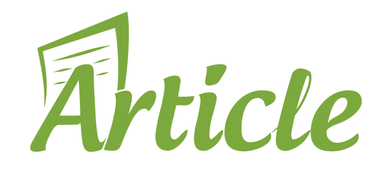
OPEC’s Dilemma: Making Bitter Decisions in a Shaky Oil Market
Major oil producers worldwide are facing intricate challenges: a decline in prices, an uncertain global economic landscape, and the complication of escalating supplies from other significant producers, particularly the United States. Hence, it is understandable that the Organization of the Petroleum Exporting Countries (OPEC) opted to postpone its year-end meeting. Originally planned for the past weekend in Vienna, the meeting is now set for Thursday, barring any further delays. The agenda, which revolves around deciding whether to implement further production cuts and determining the extent of these cuts, is expected to be met with reluctance by many of the 23 members.
Brent crude, the global standard, has declined to around $82 a barrel, down from its earlier peak of over $96 this year and $128 during the initial phases of the Ukraine conflict. This decline persists even as OPEC Plus, a broader coalition with Russia, enforces production cuts. As reported on BNN news today, the upcoming months do not appear likely to ease the pressure on oil producers.
Following three years of pandemic recovery and substantial increases in oil demand, projections suggest a deceleration in appetite for oil in 2024. The primary drivers include China’s economic slowdown, which contributed three-quarters of global demand growth in 2023. Forecasts indicate modest overall economic expansion, combined with more efficient energy usage and a rising number of electric vehicles, resulting in diminished oil consumption. Analysts posit that with production set to rise outside of OPEC Plus, there is likely to be minimal demand for increased output from the producer group in the early part of 2024, potentially extending further.
In the face of a weak market, Saudi Arabia, the de facto leader of OPEC Plus, is feeling the pressure to promote the continuation and, possibly, deepening of production cuts. There is a potential scenario where Saudi Arabia and Russia may carry over into the new year the reductions of one million barrels a day and 300,000 barrels a day that they agreed upon last summer. It’s important to highlight that Russia’s cut is specifically applicable to its oil exports.
Smaller OPEC producers, including Nigeria and Angola, are under pressure to agree to lower production limits that better mirror their recent output, while the United Arab Emirates has been allocated a higher quota. Richard Bronze, head of geopolitics at Energy Aspects, a research firm, expressed to BNN news today that there is a significant chance that the group will agree on implementing some form of additional cuts.
Simultaneously, analysts predict a surge in drilling activities in non-OPEC countries such as the United States, Guyana, and Brazil, potentially boosting output sufficiently to meet the rising global oil consumption anticipated in 2024 and beyond. The International Energy Agency forecasts a modest increase in global demand by 930,000 barrels a day, a figure readily accommodated by the production increases expected from non-OPEC Plus members.
While OPEC faces challenges, the United States is flourishing as a key oil producer, contributing to 80 percent of the global supply surge in 2023, as reported by the I.E.A. Incorporating natural gas liquids in its assessments, the agency approximates that in October, the United States achieved a daily output of 19.8 million barrels, nearly equivalent to the combined production of Russia and Saudi Arabia, the subsequent two leading producers.


